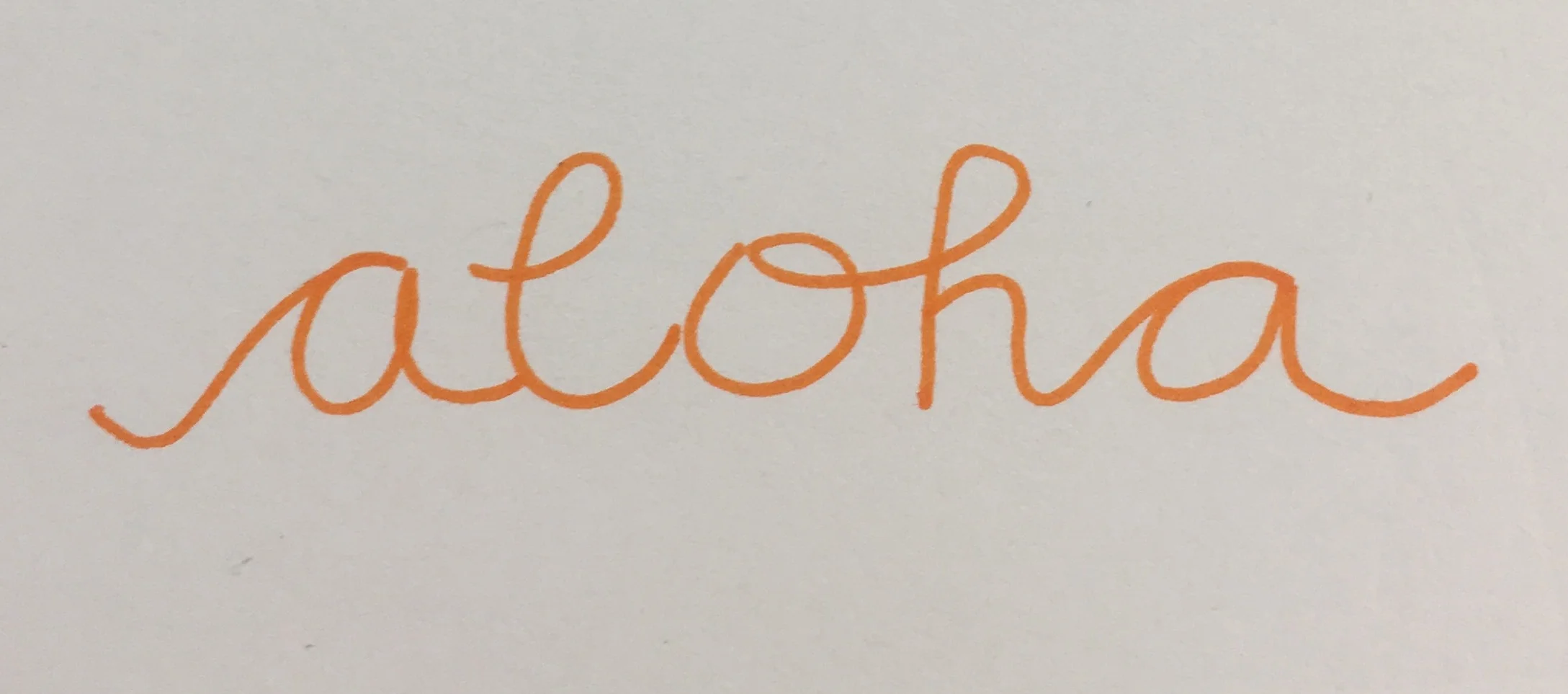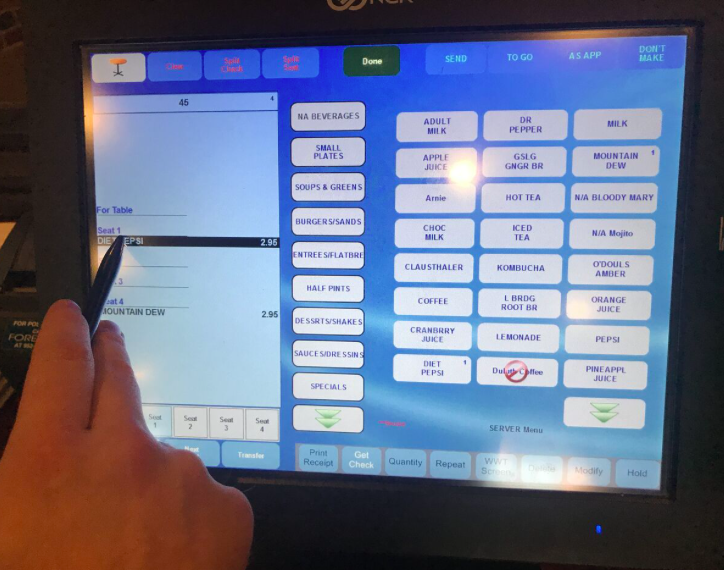ALOHA POS CASE STUDY
Design Process: Cognitive Walk-Through | Contextual Inquiry | Task Analysis | Low-Fidelity Prototyping | High-Fidelity Prototyping | Interactive Prototype | Interactive Prototype Tour
Aloha POS is a system used in a variety of restaurants internationally that can be customized to meet each individual location's needs based on layout and menu.
A local establishment known as Tamrarack Tap Room requested assistance with streamlining their system to make it more straightforward for new employees to learn and use, while keeping the established functionality for veteran servers so as to not disrupt their workflow. It is important to keep orders flowing swiftly and smoothly.
System Strategizing
The project was kicked off by watching a demo video and performing cognitive walk-through around the video. Since I've never worked as a server even though I've had extensive customer service experience, it was imperative that I get a feel for how the system functions. Next, to further enhance my understanding of the system and of a server's firsthand experience, I visited Tamarack Tap Room in person and shadowed an employee who has been with the company since it opened. I stood by as she waited tables and entered the orders into the system, all the while explaining as she entered information based on guests' requests and made changes.
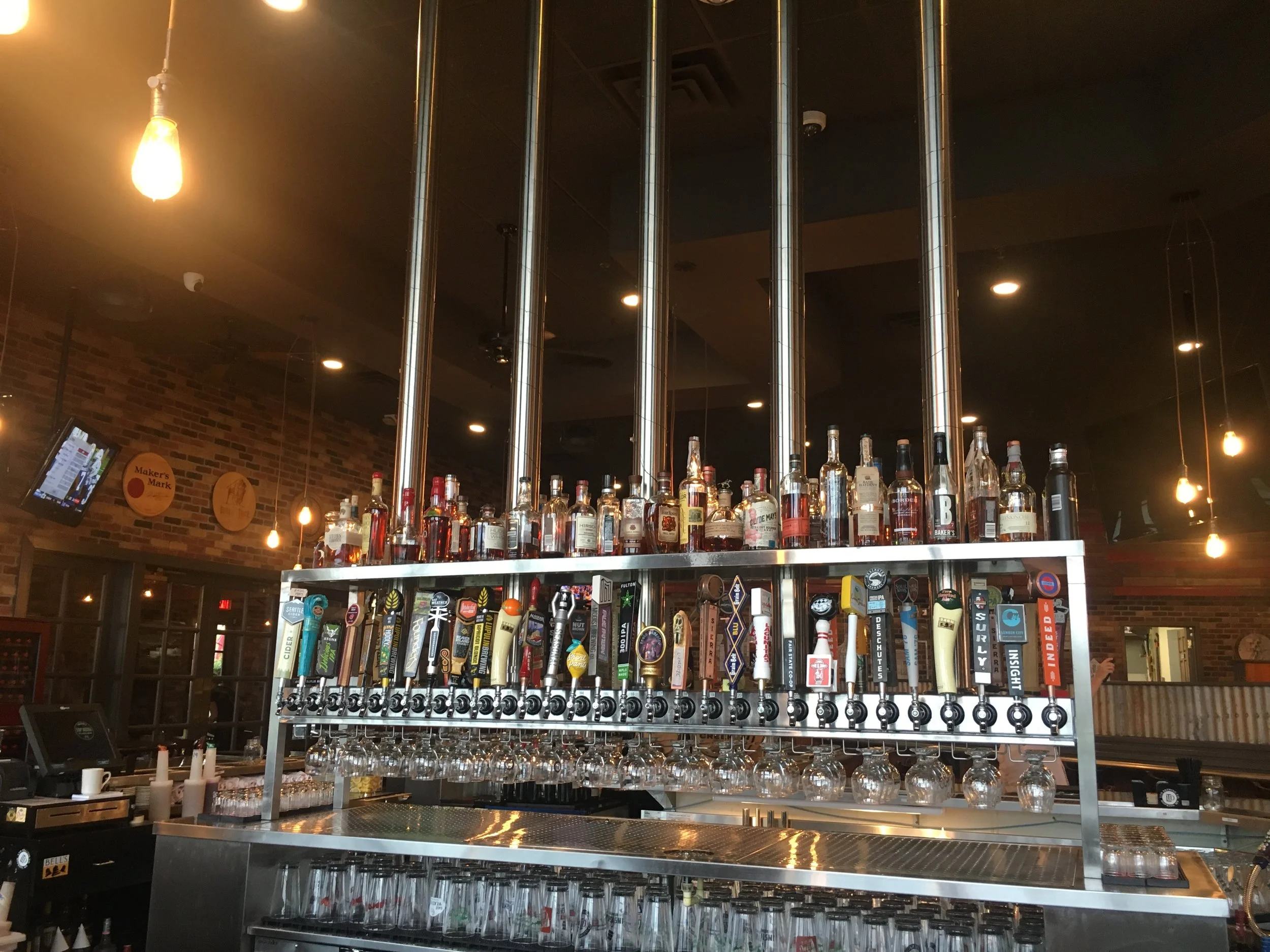
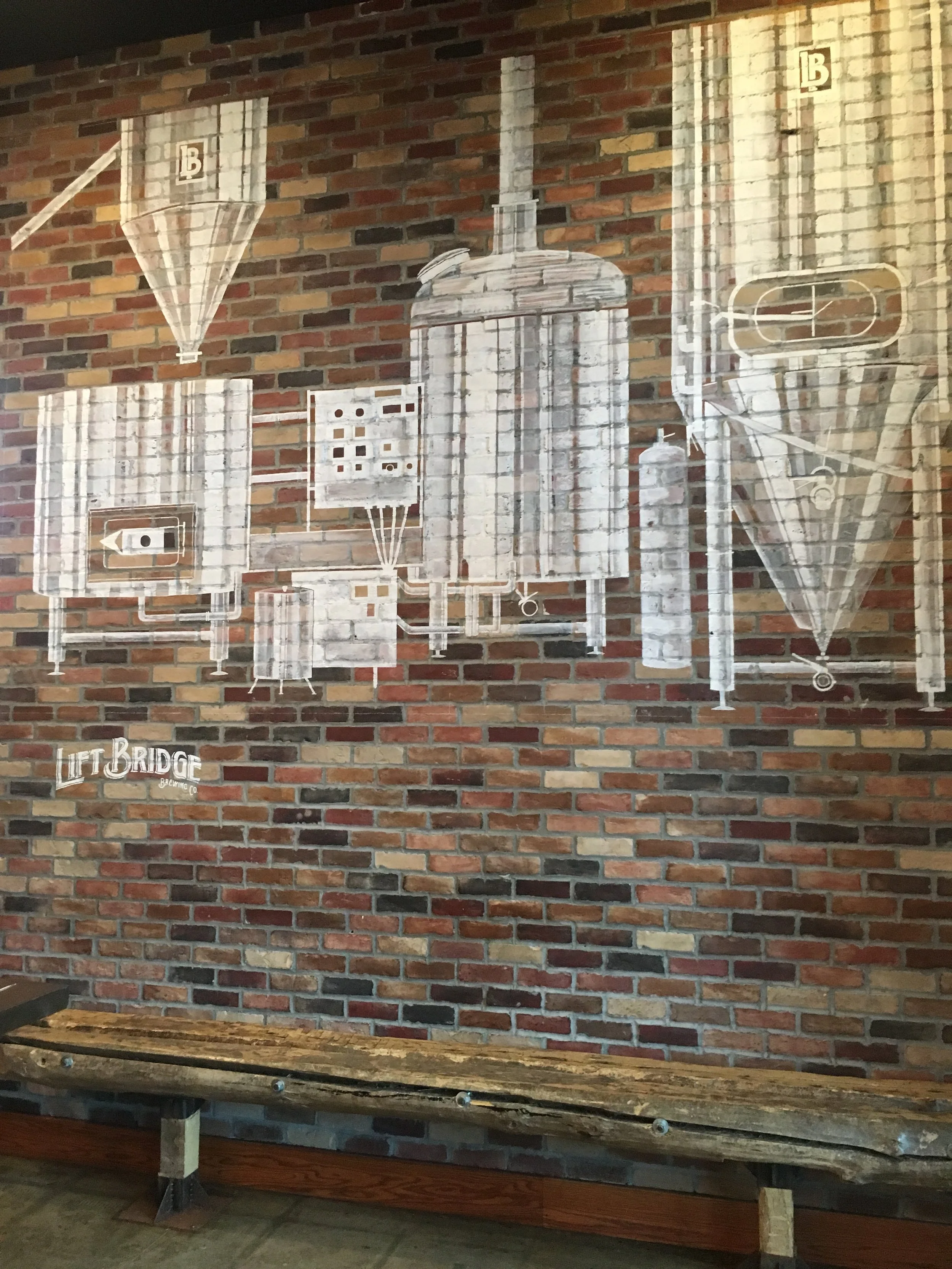
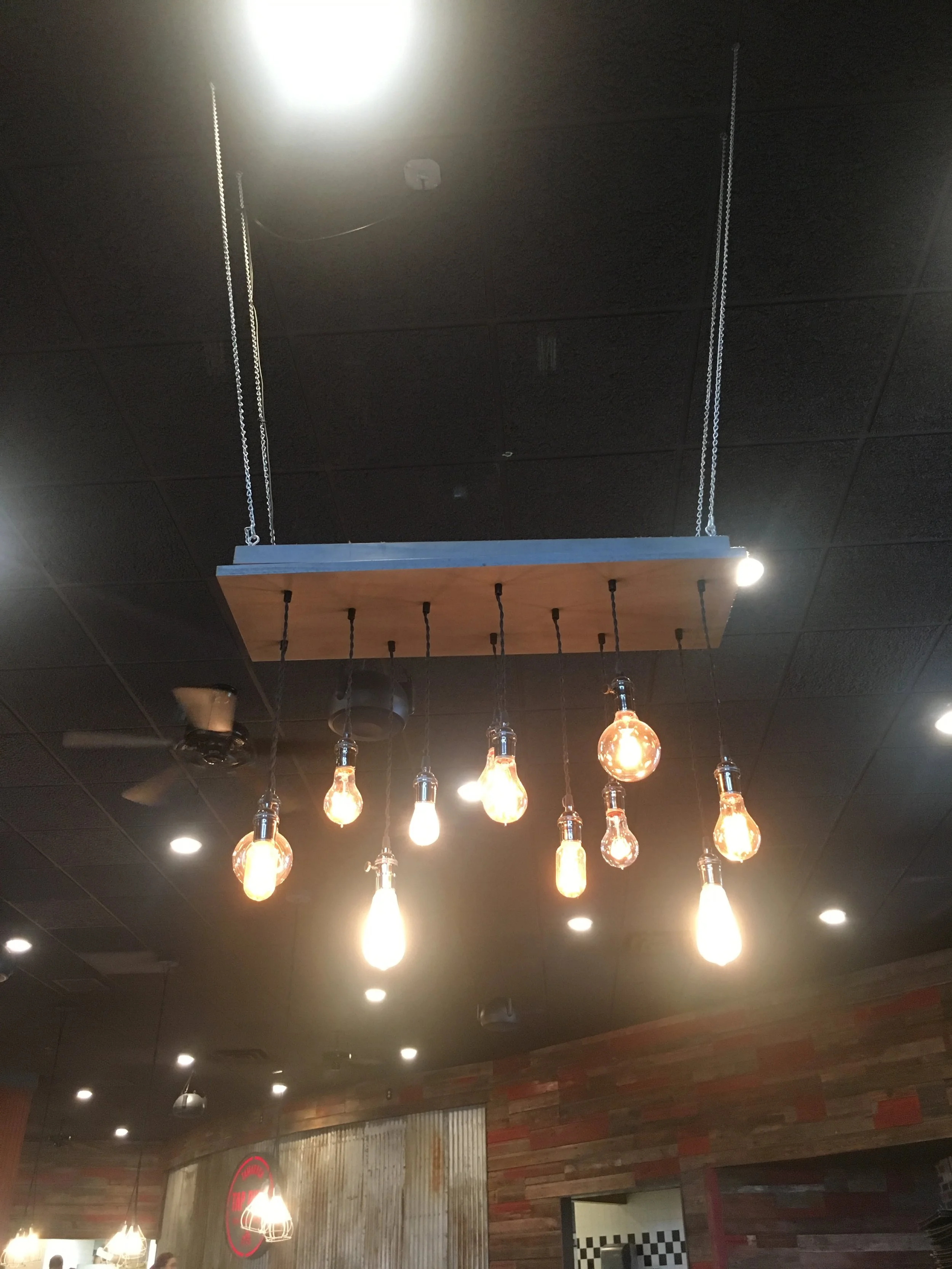




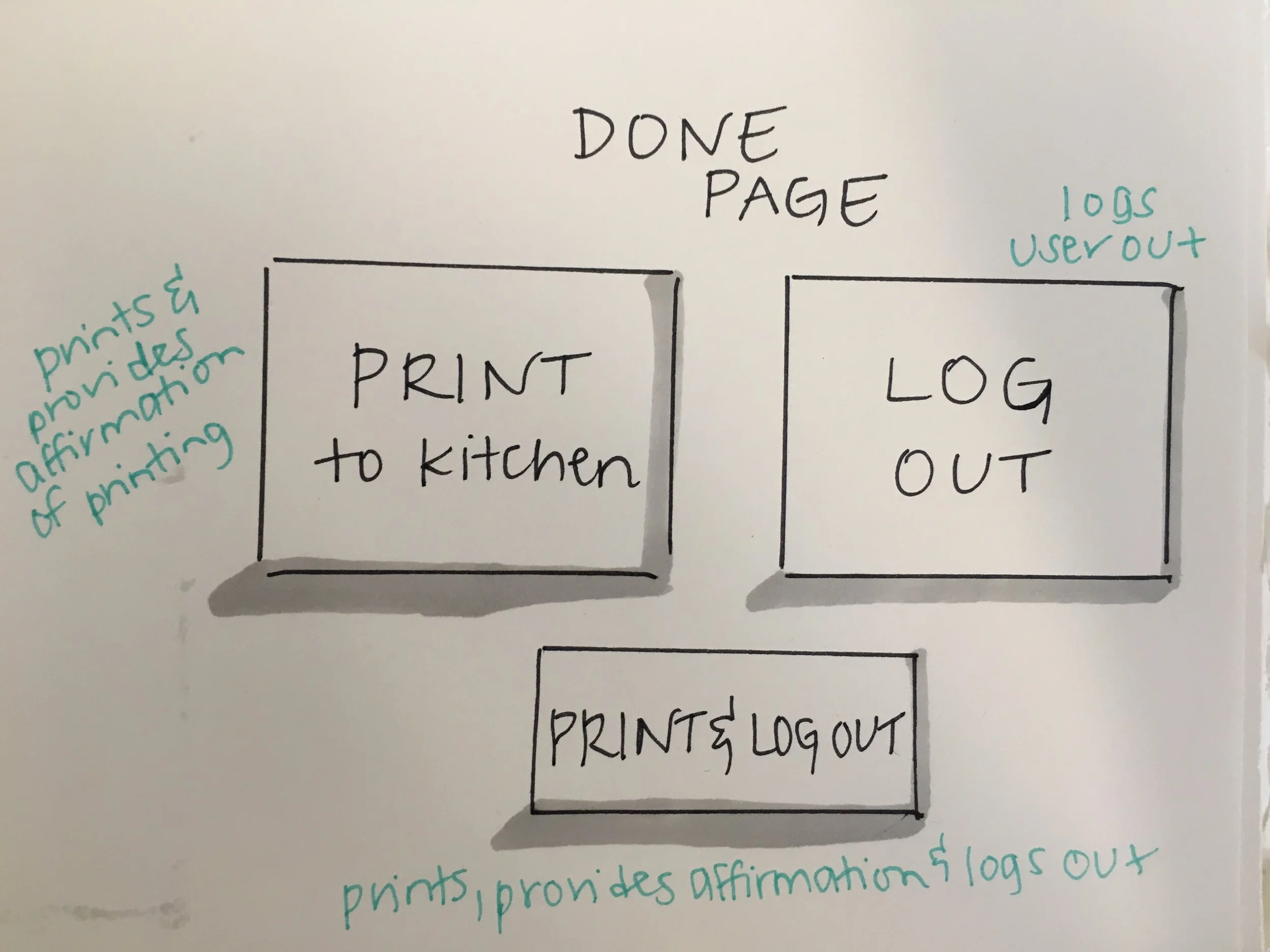

Inspiration is Brewing!
Above are photos of Tamarack Tap Room's features that helped inspire me and get me into the design mindset, along with some hand-sketched low-fidelity wireframes I drew up based upon my ideas for improving the system - most of which revolve around updating the language on certain buttons so that their functions are more clear. I added a few extra clicks, but Steve Krug reassures me in Don't Make Me Think that this is okay along as it helps add clarity. I also relied on and stood by the Neilsen Norman group's thinking that user errors can be prevented by using confirmation dialogues.
Next, I created a low-fidelity prototype in Sketch (as seen to the left).
Finally, I transferred my prototype into InVision and then transformed it into an InVision tour, which can be seen here.
A day in the life...
Shadowing at Tamarack Tap Room was a great experience to immerse myself into a day as a server. I was able to gain more empathy for their work than I had in the past (based upon stories from friends who've served). It was neat to use contextual inquiry in this way as I observed the behaviors not only of the staff at TTR, but the guests of the establishment as well.
I hope to use this combination of research techniques going forward to learn about different skill sets across various walks of life.

